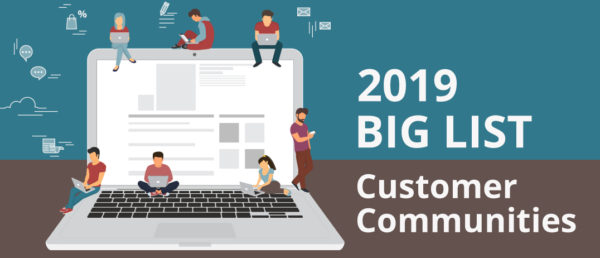
Online communities are getting popular. 16% of the Fortune 500 companies have online communities, with over 90% of marketing leaders reporting that their communities positively impact their organizations; and a full 55% of communities 5 years or older generate over $1 million a year. What is driving this growing interest? Our 20 years of experience creating cross-industry communities has enabled us to pinpoint online community trends for top sectors including technology, consumer services, healthcare, and capital goods.
General Trends
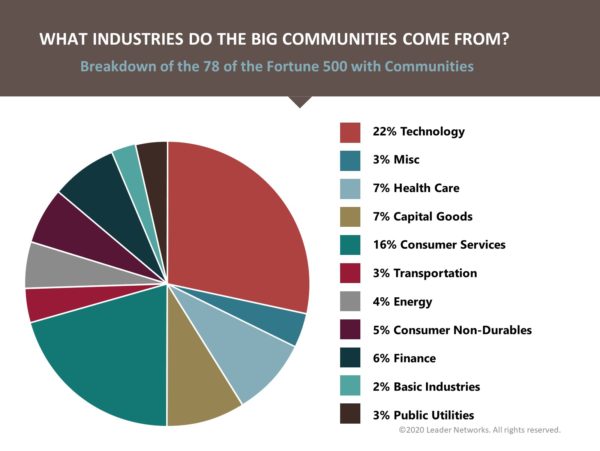
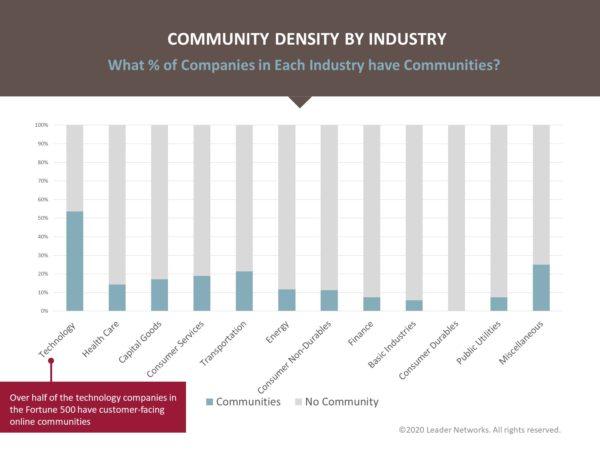
Technology
Over 50% of the most profitable U.S. technology companies had customer communities in 2019. Technology firms have long seen a strong return on investment from using community forums as a support channel, because questions and technical problems answered by the community reduces expensive customer service calls.
However, leading technology companies are broadening the use of communities beyond just support. Many tech companies are now transitioning to the cloud model, which lowers operational costs by minimizing human-to-human interaction with clients. But this model can also lead to a higher churn rate because customers can easily switch providers. Communities allow cloud technology suppliers to both keep support costs down while also engaging with customers and reducing churn. Therefore, as technology companies increasingly adopt the cloud model, communities will continue to grow as well. The bonds that companies build with their customers though the community hold the promise of delivering greater loyalty and a reduction in churn.
Consumer Services
Nearly 20% of consumer services companies on the Fortune 500 have online communities, which are often centered around customer feedback, technical support, and a hub where members can help each other use the company’s products (such as the Arabic McDonald’s franchise and the Home Depot communities). For some companies in this sector, community is deeply integrated into the product itself; for instance, Amazon and Expedia have communities of reviewers, where members vote and comment on the company’s products, providing a critical element of the companies’ core offerings.
The ‘as a service’ business model is becoming popular in this sector, leading businesses to invest in customer success programs and customer communities to drive service renewals. While social media allows companies to listen to consumers, and blogs are a way for businesses to broadcast to customers, only branded communities can maintain a 2-way relationship between companies and clients. Due to this unique benefit, we expect to see more communities launching in this vertical and for these communities to make a positive impact on customer loyalty.
Capital Goods
17% of capital goods companies on the Fortune 500 have communities, with communities often featuring a technical support element and a focus on education and the sharing of experiences between members (e.g., Black & Decker World Skills Community). These communities create relationships that increase loyalty to the company and decrease churn.
Communities in the capital goods sector often emphasize connecting customers with each other. John Deere’s community is a paradigm for this model, as the company states how the community is integral to their customers’ success – “Growers rely on many people inside and outside of their organization…to help them make decisions…The John Deere Operations Center makes the process of sharing machine and agronomic data easy and customizable.” The opportunity for these businesses is to branch into match-making to help members find potential partners, providing value for members and benefiting the host company by opening up new sales channels.
Particularly for companies in this sector, partner communities are a promising new frontier. Members from partnering companies can co-create and build on each others’ services.
Healthcare
14% of healthcare firms on the Fortune 500 have communities. The registration for the BCBSTX community describes the many possible benefits of communities in this sector: During the registration process, the question “What brings you to the BCBSTX Connect community?” is presented, and options include
- “Talk with other community users”;
- “Connect directly with BCBSTX”;
- “Get tips for a healthy lifestyle (fitness, nutrition, etc.)”;
- “Find out how to cope with illness or a chronic condition”;
- “Learn about events in the Texas community”;
- “Better understand how health insurance works (insurance basics, available plans, etc.)”;
- “Learn about my benefits as a BCBSTX member (tools, resources, programs, etc.)”.
Other healthcare communities are education oriented, as exemplified by the Amgen Biotech Experience community.
As healthcare solutions go increasingly digital and become more patient-centric, the need for user feedback will grow. Online communities provide the perfect setting for this feedback. Furthermore, communities enable healthcare companies to engage with customers. Finally, for healthcare providers that sell their services through an intermediary and who don’t have a relationship with the end-user, communities can be the medium for developing that connection.
Conclusion
As companies increasingly engage with their communities, they will enjoy the business benefits and understand more about their partners, clients, and their own products, paving a clear path for further success.
Warning: Attempt to read property "base" on array in /home3/trusten9/public_html/leadernetworks/wp-content/plugins/wp-user-profile-avatar/shortcodes/wp-user-profile-avatar-shortcodes.php on line 665
Warning: Attempt to read property "base" on array in /home3/trusten9/public_html/leadernetworks/wp-content/plugins/wp-user-profile-avatar/shortcodes/wp-user-profile-avatar-shortcodes.php on line 665
Warning: Attempt to read property "base" on array in /home3/trusten9/public_html/leadernetworks/wp-content/plugins/wp-user-profile-avatar/shortcodes/wp-user-profile-avatar-shortcodes.php on line 665
Warning: Attempt to read property "base" on array in /home3/trusten9/public_html/leadernetworks/wp-content/plugins/wp-user-profile-avatar/shortcodes/wp-user-profile-avatar-shortcodes.php on line 665
1 Comment
Add comment Cancel reply
This site uses Akismet to reduce spam. Learn how your comment data is processed.

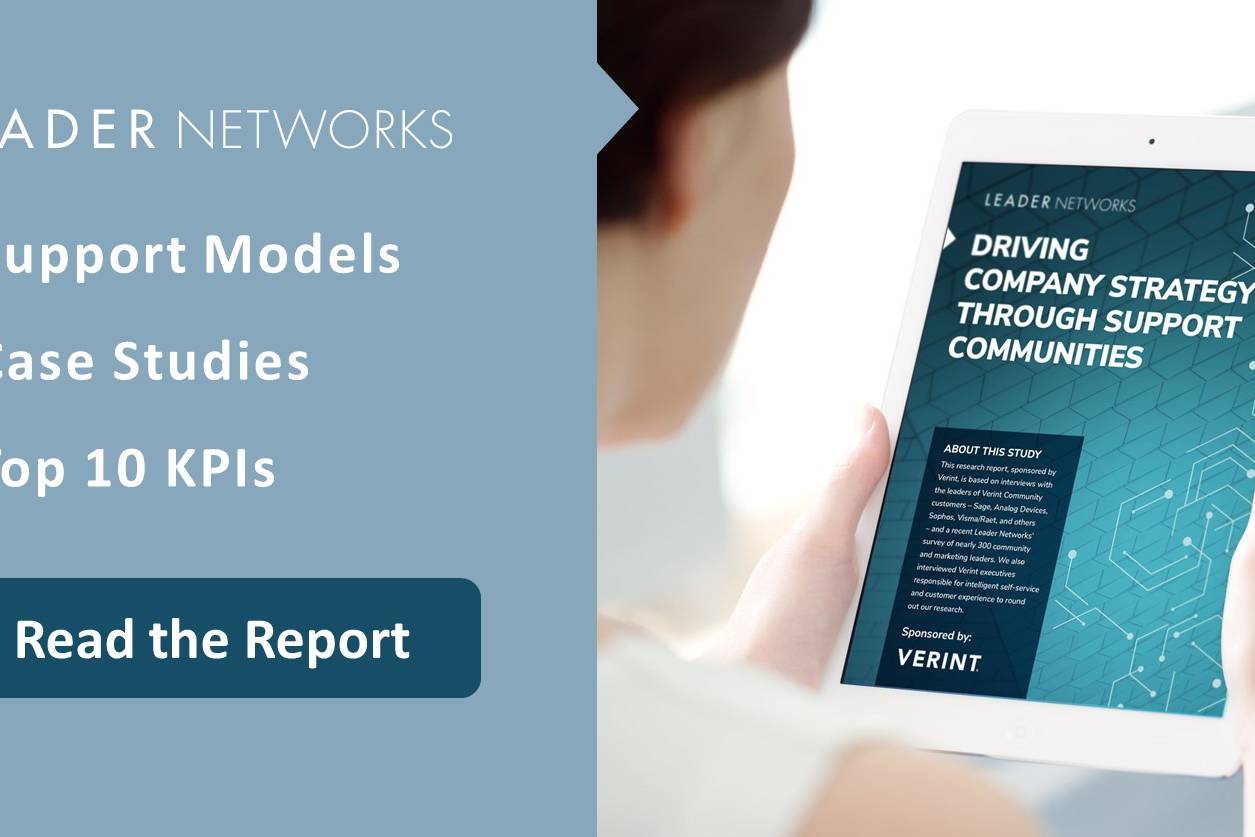
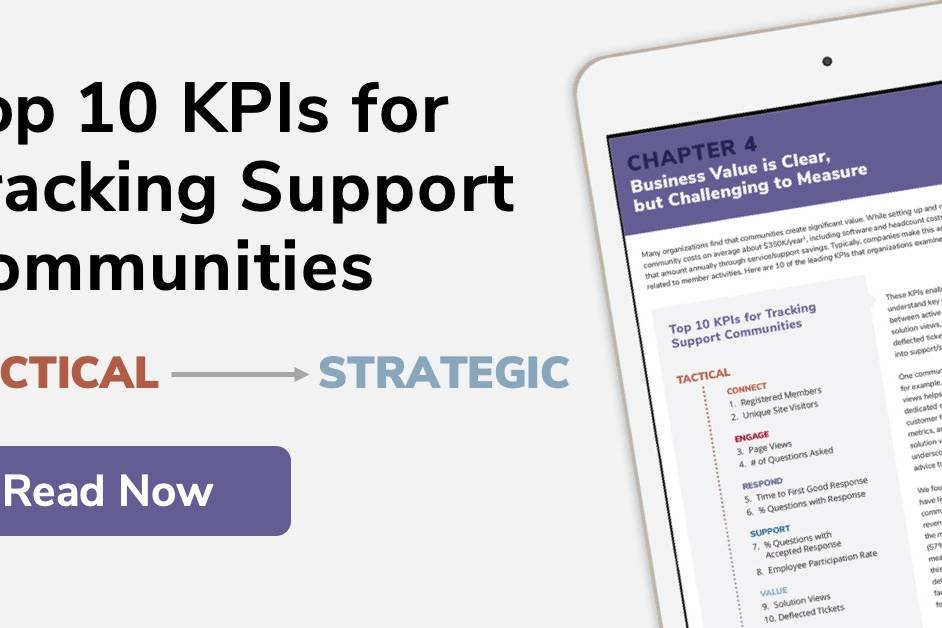
[…] going from innovative ideas to mainstream research tools in record time. Taking a look at the United States where innovation in market research has come on leaps and bounds, 16% of the Fortune 500 companies […]